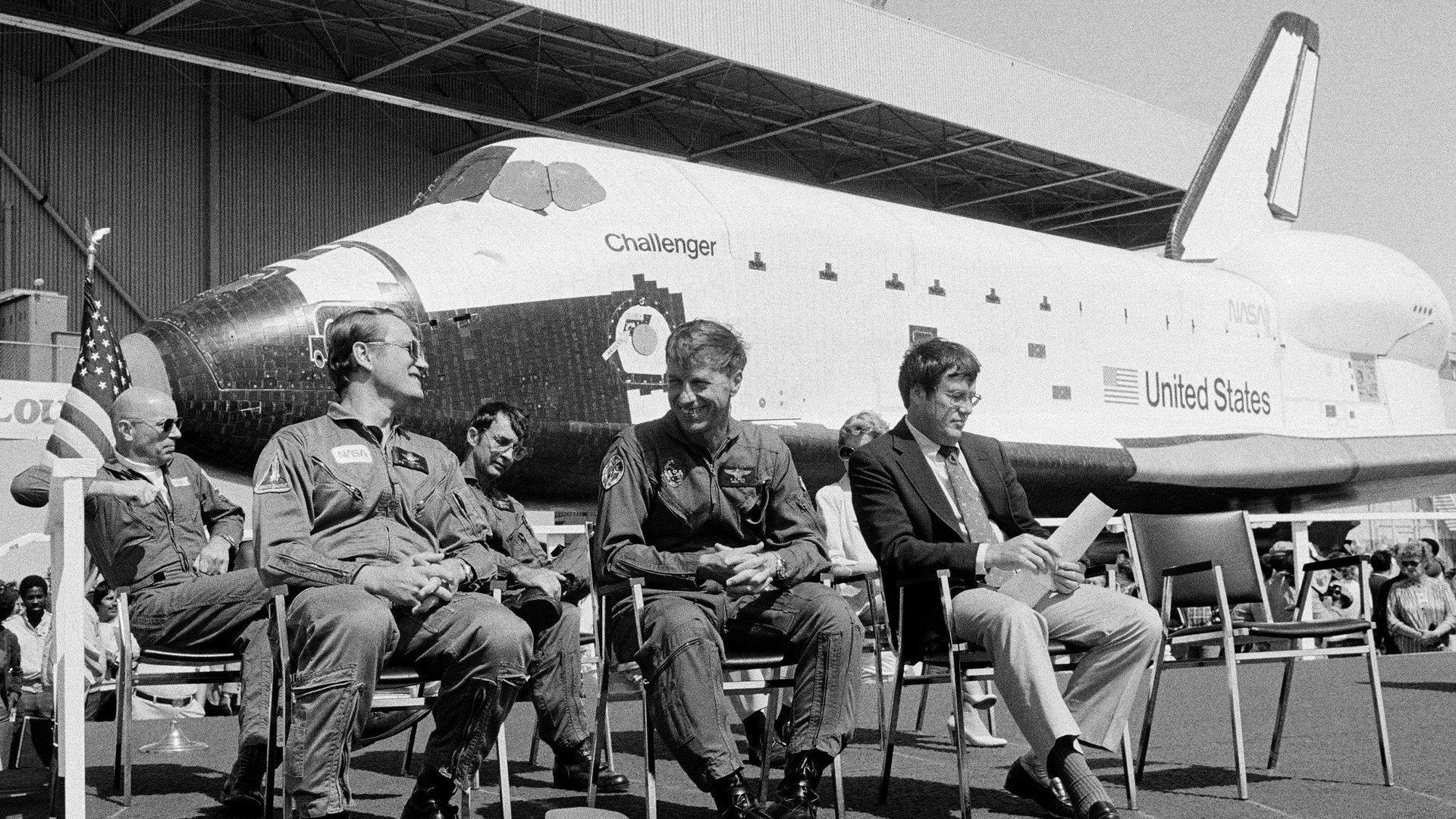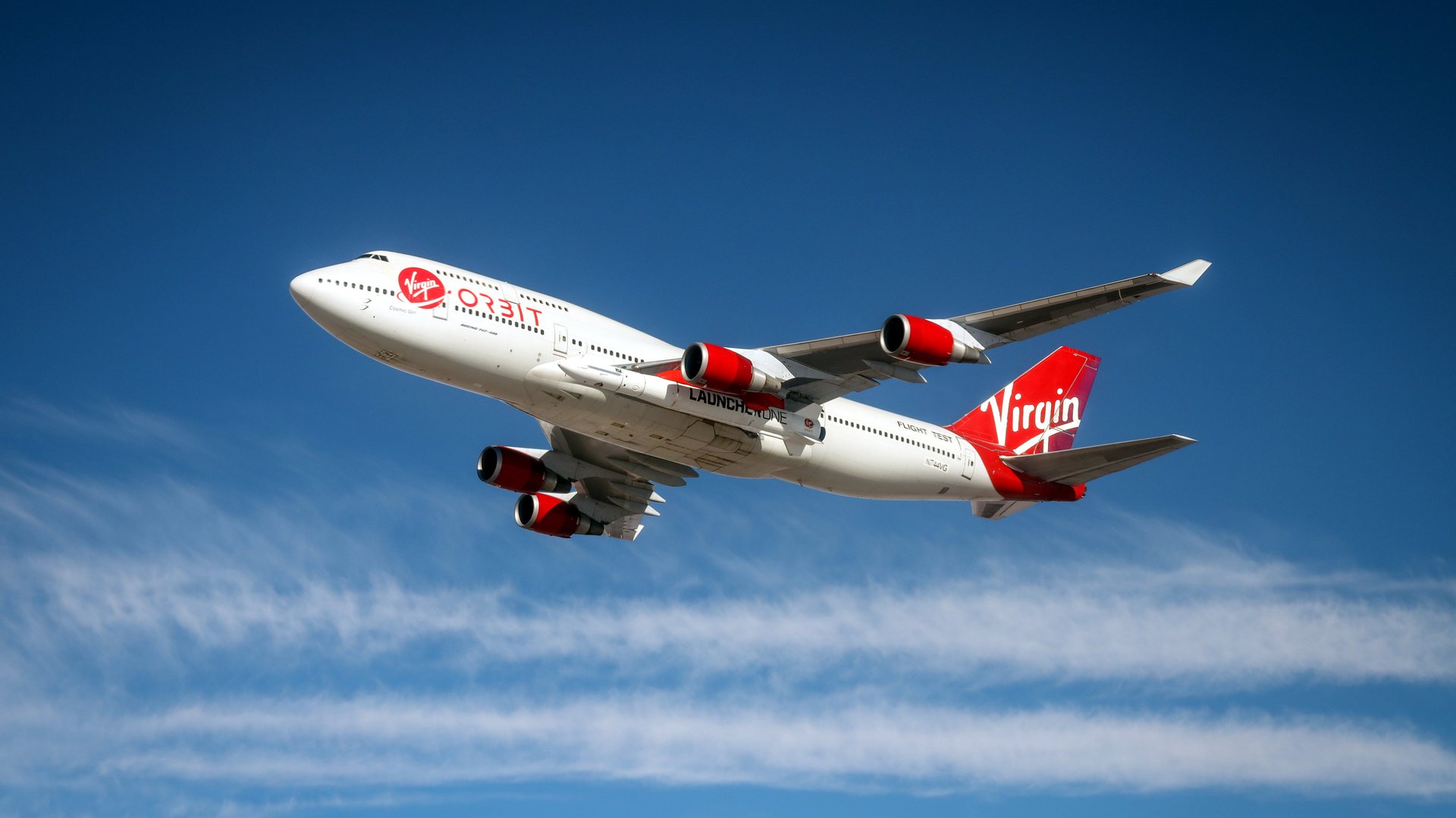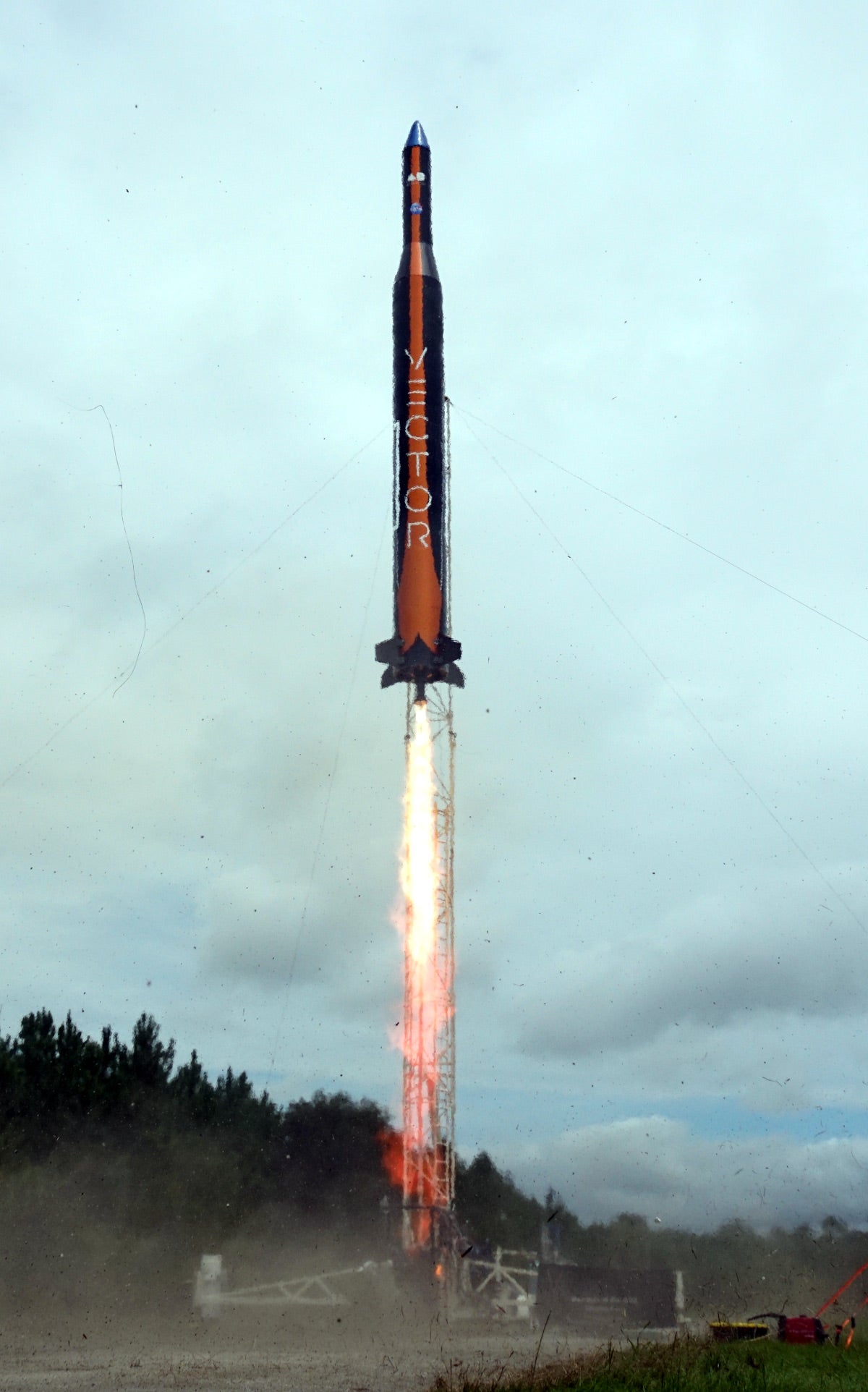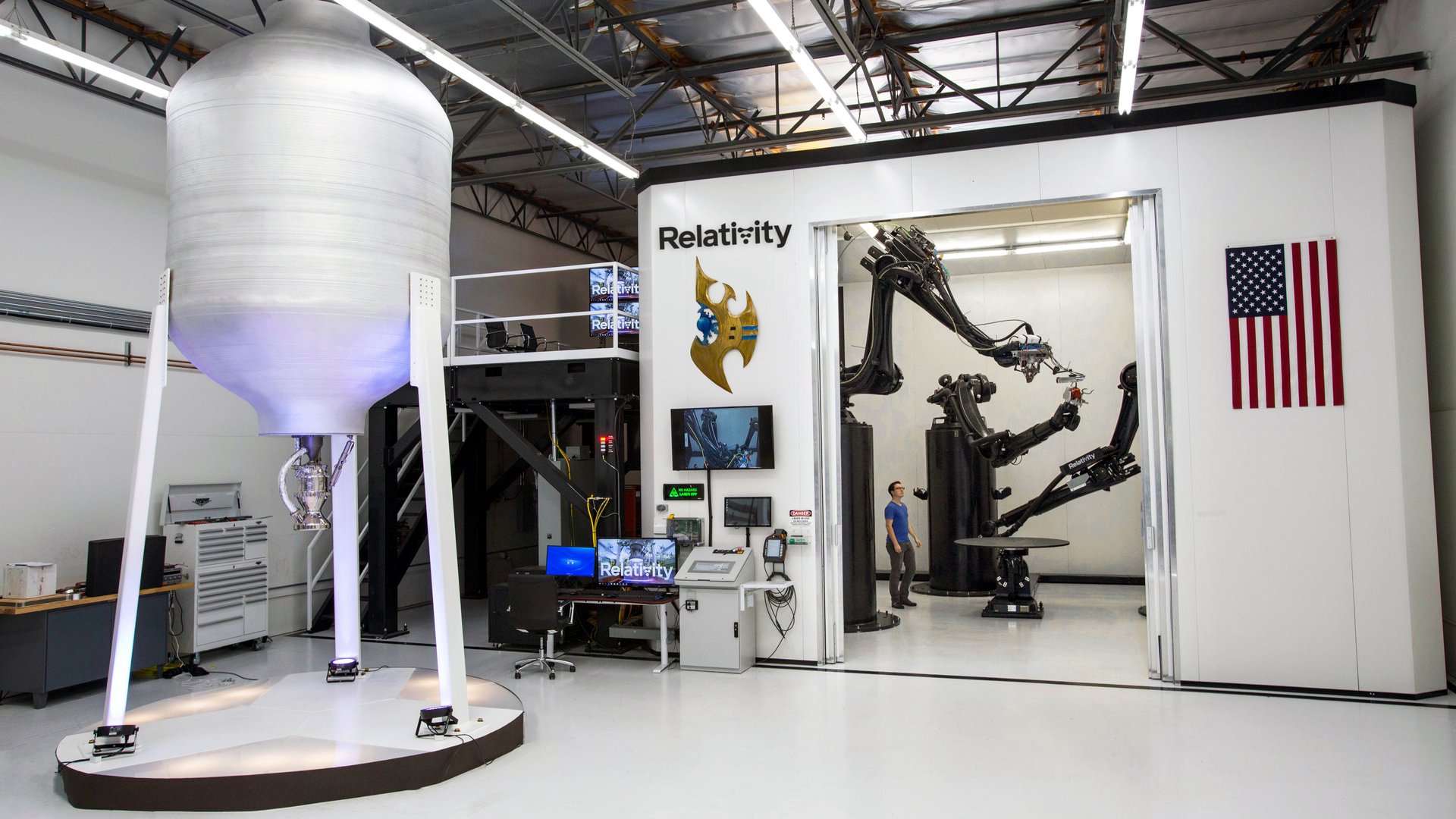A new generation of rocketeers are setting up shop in Los Angeles
Once upon a time, Los Angeles was the capital of the space age. McDonnell Douglas, Lockheed Martin, Hughes Aerospace, Rockwell International, North American Aviation—fifteen of the twenty-five largest aerospace companies were based in southern California during the Cold War, before production spread to the rest of the country.


Once upon a time, Los Angeles was the capital of the space age. McDonnell Douglas, Lockheed Martin, Hughes Aerospace, Rockwell International, North American Aviation—fifteen of the twenty-five largest aerospace companies were based in southern California during the Cold War, before production spread to the rest of the country.
Today, a newer, nimbler space industry backed by hundreds of millions of dollars in venture capital is being launched from Los Angeles, enabling new businesses that will change the way people communicate and understand our planet.
A wave of small rocket-makers are joining area old timers like Caltech’s Jet Propulsion Laboratory, Boeing and Northrop Grumman, and following in the footsteps of SpaceX, which was founded in LA in 2002.
Los Angeles’s aerospace infrastructure may have shrunk over the years, but its proximity to many technical universities, major ports, US Air Force launch sites and test facilities in the Mojave desert make it an attractive location for rocket makers; plus, all those old space giants left behind plenty of empty factory space for rent. And have you been to the beach?
Trans-Pacific rocketry
Rocket Labs launched its first operational rocket on Nov. 11 and immediately afterward raised $140 million, leaving it poised to begin lucrative, regular service to orbit in December. The New Zealand-US operation marked its first successful orbital launch in January. For $5 million, the company’s Electron rocket can carry payloads up to 500 lbs (225 kilograms) into orbit.
“The reason why California and Huntington Beach was just the access to fantastic talent, and the closeness to New Zealand from Los Angeles,” Rocket Lab CEO Peter Beck told me in 2017. “In LA we’re doing primarily engine and guidance electronics, and down here in New Zealand we do the larger tube structures and the final integration and of course launch…as we grow the US domestic launch market as well, we’ll build complete rockets in the US.”
Rocket Lab and its competitors are targeting the market generated by a slew of new satellite firms. The large rockets built by SpaceX, United Launch Alliance and Arianespace are designed to transport large satellites to high orbits. With new technology, small satellite start-ups are designing their satellite networks for bespoke orbits, and need bespoke solutions to get them there.
Payam Banazadeh, the CEO of Capella Space, is building a satellite radar network, and says his start-up can’t succeed without more flexible launch options. “You can find some rides that go to some other [orbits, but]…your mission is to build this constellation. This is only going to happen with dedicated rockets like Rocket Lab.”

More than a dozen companies want to fly these new constellations into orbit, but most analysts believe that the market can only support a few winners. The leading contenders are down on the beach.
Cosmic Girls love LA
Just up the coast in Long Beach, Richard Branson’s Virgin Orbit is almost ready to begin flying rockets of its own. The company will launch them in from the wing of a former Virgin Atlantic 747 named Cosmic Girl.
The jet liner sits on the tarmac at Long Beach airport while the company’s engineers test the equipment that will secure their spacecraft to its wings during flight. Virgin Orbit is nearing test flights with the rocket, followed by actual air launches. Last month, for the first time, the rocket was mated to the wing, and on Nov. 18 Cosmic Girl took to the sky for its first flight with a rocket attached.

In mid-October, the Long Beach factory was humming with activity. Besides the completed rocket that will be used for the first test flights, and technicians are now assembling the first rocket that will be launched during flight.
In the rear of the 200,000 square foot building, hardware for the third and fourth rockets, including large propulsion tanks, is arranged in neat rows. These vehicles will carry payloads for customers like NASA and the internet satellite firm OneWeb.
The company’s strategy is straightforward: Adapt a proven method of putting rockets into space—the Pegasus air-launched rocket has successfully flown 38 times—but use modern design and production methods like advanced 3D printing to cut the costs.
Pegasus cost $55 million per launch, but Virgin’s LauncherOne will cost $12 to $15 million. Orbit was spun out of Virgin Galactic, Branson’s space tourism enterprise, in 2017, and may beat its parent to commercial operations.
What’s your Vector, Victor?
Another big contender in the small launch game is Vector. Headquartered in Tucson, its engineering operations are based in Huntington Beach, California. In October, the company raised $70 million in a round led by Kodem Growth Partners to continue its test program and build out its manufacturing facility.

Vector has the deepest California roots: It grew out of Garvey Space Systems, a company founded by former Boeing engineer John Garvey to develop a small rocket. Garvey and Vector’s CEO, Jim Cantrell, both consulted with Elon Musk in SpaceX’s early days. Now, the two are aiming to snap up the small-launch market Musk abandoned when SpaceX cancelled the Falcon 1 rocket.
The rocket has flown suborbital test flights, but the real deal—an orbital launch—is expected in the next six months from a spaceport in Kodiak, Alaska.
The company’s first rocket, the Vector-R, is expected to cost just $3.5 million and fly 132 lbs into orbit, sufficient for many small satellites. A larger version to follow, the Vector-H, will charge about $5 million to launch 638 lbs.
In September, the engineers were granted a patent for their unique engine design, which is fueled by propylene, a simple petroleum derivative used to manufacture plastics.
Garvey and his team are pushing for the simplest possible rocket; it doesn’t require a turbopump, an expensive component used by most rockets to increase engine pressure, or use explosives or toxic ignition methods that complicate ground operations.
Relativity speaking
Just up the street from Los Angeles International Airport, in a nondescript office park, you can find some of the world’s most advanced 3D printers. Relativity Space, founded by former engineers from SpaceX and Blue Origin, Jeff Bezos’ space firm, is a prime example of how successful space companies are abetting ambitious start-ups.
Inside Relativity’s main workshop, three enormous robotic arms are deployed to 3D print rocket parts. Relativity’s goal is to make nearly its entire rocket this way—in just 60 days—to drive down cost and ensure precision.
As well as the printing engines it has tested more than 100 times, the system has produced large tanks for the rocket’s plumbing that meet stringent engineering standards. In another room, wooden crates of high-end manufacturing robots from Germany await deployment as the company prepares to expand past its development stage. CEO Tim Ellis believes the company has more robots than Blue Origin and SpaceX combined.

While Relativity’s passion for automation is an outlier—the company has barely 45 employees—the new rocket companies are all pushing to cut costs in manufacturing. That means even if these venture firms catch on, they won’t bring back tens of thousands of technical jobs—but together they are on a path to create thousands of opportunities for highly-skilled workers.
Relativity is still a few years away from launching their Terran rocket. Ellis says it can catch up to its competitors thanks to the company’s slightly larger rocket, designed to carry 1,980 lbs (900 kg) on a nominal mission for a $10 million price tag—a significant reduction in cost-per-kilogram if they can pull it off.
To that end, the company has been on a recruiting spree, bringing in engineer Tim Buzza, one of the original SpaceX employees, as an advisor and hiring Brandon Pearce, who designed the electronic systems for SpaceX’s rockets and those at Virgin Orbit.
Another new hire is Tobias Duschl, a former Tesla executive, as the company’s chief of operations. Duschl, who helped roll out the carmakers international service network, is helping the start-up scale up.
Relativity now needs an expanded facility to manufacture its rockets. The company is looking in LA.